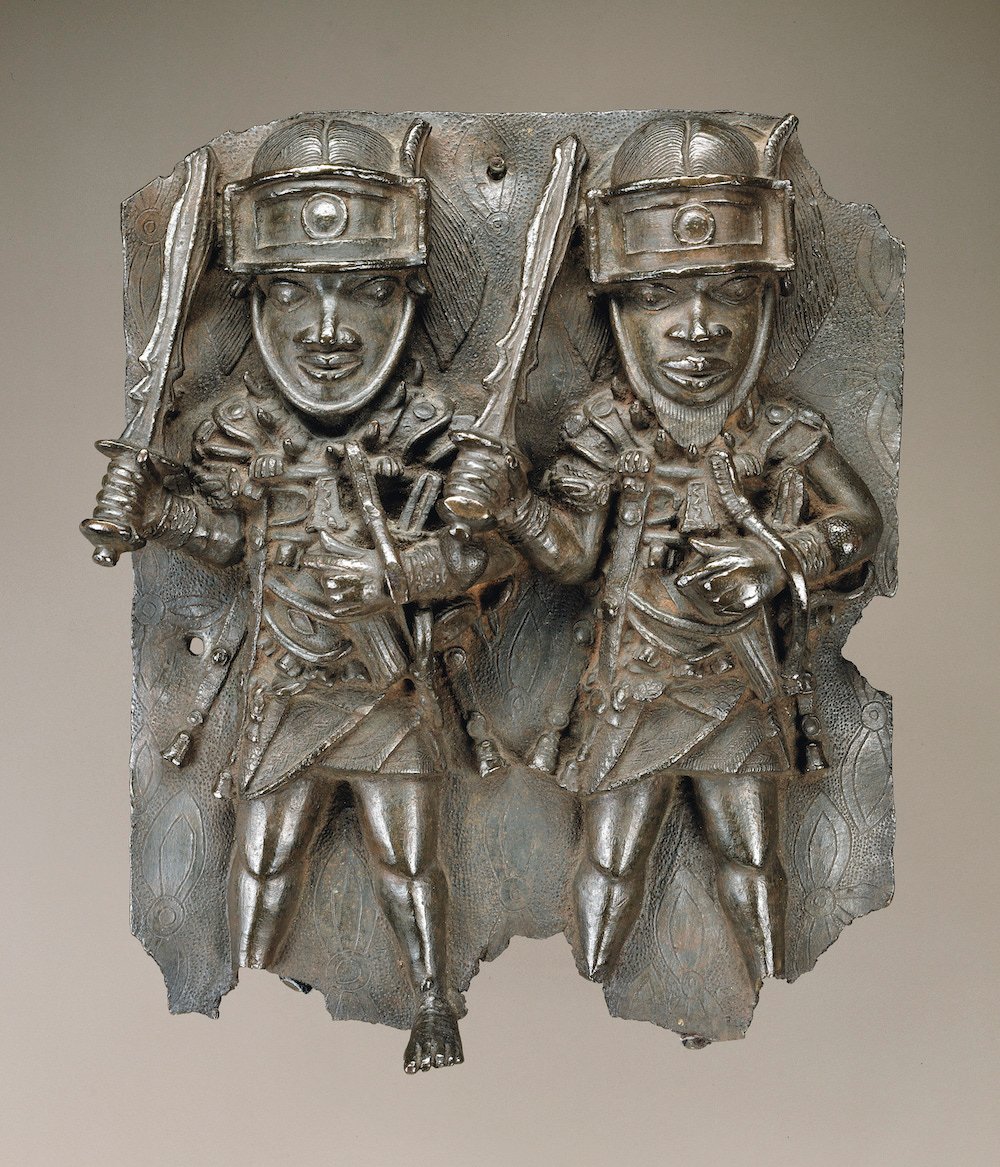
“What do we want to be? How do we see our value as an institution today? What do we believe and what do we prioritize? What statements do we want to make about past acquisitions that may raise ethical concerns?”
These were the questions, recalled by National Museum of Natural History curator Sabrina Sholts, that she and other cultural workers at the Smithsonian asked themselves over the course of six months last year. Operating under a directive from Secretary Lonnie Bunch, the collective, known as the Ethical Returns Working Group, quietly convened to develop an institution-wide restitution policy.
Their goal, in other words, was to create a guideline that each Smithsonian museum could look to when determining the fate of cultural heritage that is found to have been unethically sourced.
“It’s really a cultural shift, what we’re talking about,” Sholts, a biological anthropology specialist, went on. “It’s about going beyond seeing the value of our work only as possessors of physical objects.”
The Smithsonian’s National Museum of African American History and Culture in Washington, DC. Photo by Preston Keres/AFP/Getty Images.
Such initiatives have been underway for years in Europe, where the restitution conversation is more advanced, Sholts noted. The fact that the Smithsonian—one of the most bureaucratic cultural institutions in America—is pursuing such a thorny subject is a sign that the United States may finally be starting to act, too.
Until now, a uniform standard has not existed among the 19 museums of the Smithsonian—and the return of some objects have been stalled because of it.
Last fall, for instance, the National Museum of African Art’s (NMAFA) recently hired director, Ngaire Blankenberg, removed 10 Benin bronzes from view at the venue just days after starting her new role. Despite the director’s apparent motivation to repatriate the objects, bureaucratic diligence seemed, from the outside at least, to have slowed the process.
“We need to make sure we have a thoughtful and effective process so that doing the right thing is an institutional, not individual, practice,” she told Artnet News at the time.
As of last year, there were 43 Benin Bronzes in NMAFA’s permanent collection, 16 of which were determined to have been taken by British soldiers in a raid of Benin’s royal palace in 1897. (The provenance of the remaining bronzes is currently being investigated.) But these aren’t the only category of artifacts that spark concern. Other examples, Sholts point out, may include looted art or human remains removed without consent.
The Freer Gallery of Art. Courtesy of the Smithsonian Institution.
Roughly 20 curators and historians from museums under the Smithsonian banner, including the National Museum of the American Indian, the Center for Folklife and Cultural Heritage, the Freer Gallery of Art, and the Arthur M. Sackler Gallery, comprised the Ethical Returns Working Group.
They formed three subcommittees, each tasked with delineating a different aspect of the institution’s would-be policy from the ground up. One group defined a glossary of terms related to repatriation, while another plotted who, outside the institution, would be brought in to consult.
The final committee—Sholts’s cadre—set about identifying the “values and principles” that would undergird the policy. That’s where questions that opened this article came in.
“I’m a curator and the traditional definition of [my job] is a builder and protector of collections,” Sholts explained. “But I’ve thought about it and now I have to wonder about the harm of an idea like that, how it could possibly lead to collections of objects and remains that some might say we should not have.”
These kinds of conversations, which activists have been having for decades, are finally starting to trickle up into the hallowed halls of institutions.
“This is an important time not only for the institution but also the museum profession,” Sholts said. “It’s not just an evolution in how the institution wants to see itself but an evolution in the roles and responsibilities that each one of us has.”
What the Ethical Returns Working Group came up with was shared with Bunch and the Smithsonian’s Under Secretary for Museums and Culture, Kevin Gover, in December. The Smithsonian demurred from offering a preview or even specifying exactly what criteria it lays out. But after an approval process, the new policy will be made public this March, according to a spokesperson for the institution.